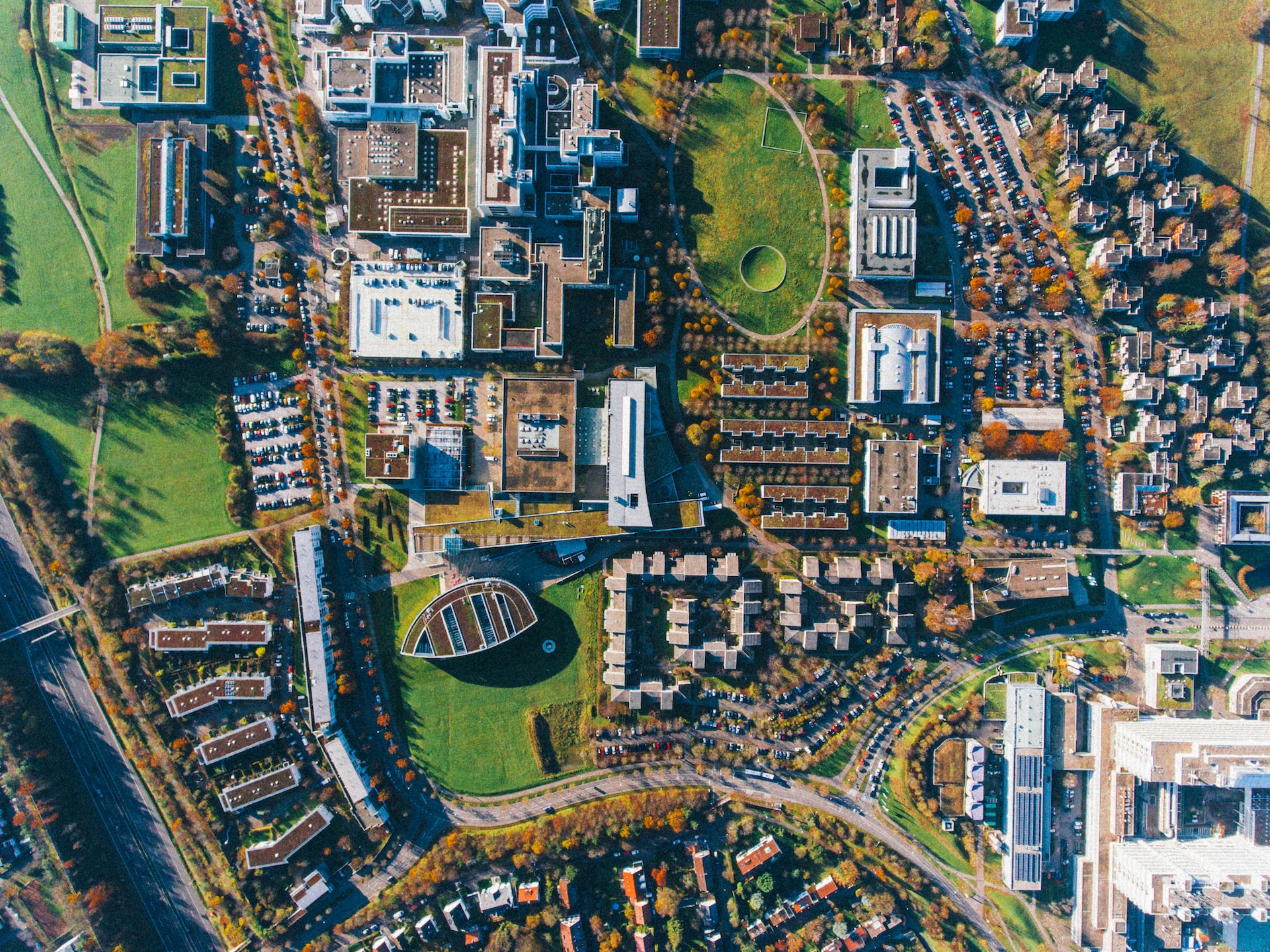Builders might choose from many approaches and supplies when erecting a house. In recent years, prefabricated post-frame kits have risen in popularity. These kits are great for contractors and homeowners because of their numerous valuable features.
1- Cost-Effectiveness
Post-frame building kits are popular among homeowners and professional builders thanks to their affordable price. Post-frame buildings can usually be constructed for less money than traditional ones. If the building process can be simplified, it will save money on resources and time on labor.
Vertical posts are embedded in the ground or on concrete footings in post-frame construction to provide stability and strength. More space is allowed between the posts than in traditional framing, creating larger wall cavities with fewer structural elements. When coupled with reduced labor expenses, material efficiency can lead to substantial cost savings.
Furthermore, post-frame structures are frequently characterized by expedited construction processes, resulting in reduced durations and costs typically associated with prolonged construction phases. This can benefit individuals seeking to construct within limited financial resources or under time limitations.
2- Versatility
Post-frame building kits are adaptable, rendering them well-suited for a diverse array of applications. Post-frame construction is a versatile method that can effectively meet various requirements, including developing residential homes, garages, workshops, and commercial buildings.
The absence of columns within the interior space provides the opportunity for versatile floor plans and convenient customization options. The reduced presence of load-bearing walls grants homeowners the flexibility to tailor their living spaces in alignment with their individual preferences and specific needs. The versatility of post-frame buildings also applies to their exterior, as they offer the option to be covered with a range of materials, including wood, metal, or vinyl, enabling the incorporation of different architectural designs.
3- Durability and Energy Efficiency
The longevity and low energy consumption of post-frame structures are well-known benefits. Strong winds, snow loads, and earthquakes will not shake this post-frame building to its foundation. Post-frame structures are a good choice for high-risk situations because of their durability and resistance to severe weather.
Post-frame buildings are also conducive to efficient insulation because of their unique design. The design’s wider wall cavities guarantee better thermal performance and lower energy usage, which provide thicker insulation. Consequently, homeowners can save money on their heating and cooling bills in the long run.
4- Environmental Sustainability
The building sector has recently begun to pay more attention to environmental sustainability. Homeowners who opt for post-frame construction are making a choice compatible with environmental principles. Post-frame buildings have a lower carbon footprint because they efficiently use materials. Post-frame homes have greater possibilities for installing renewable energy sources like solar panels due to their adaptable roof designs. Many prefabricated post-frame homes are made with renewable resources like wood from sustainably managed forests. As a result, construction sites produce fewer greenhouse gas emissions, and greener building practices become more widespread.
Post-frame building kits provide numerous advantageous features that render them a highly appealing choice for residential construction. Post-frame construction is a careful selection for homeowners and builders due to its cost-effectiveness, versatility, durability, and environmental sustainability. Post-frame building kits offer a commendable choice for individuals seeking cost-effective and efficient building solutions, design flexibility, enduring durability, and an environmentally conscious approach. Using post-frame construction techniques makes it possible to develop a residential structure that effectively integrates elements of cost-effectiveness, practicality, and environmental consciousness.




